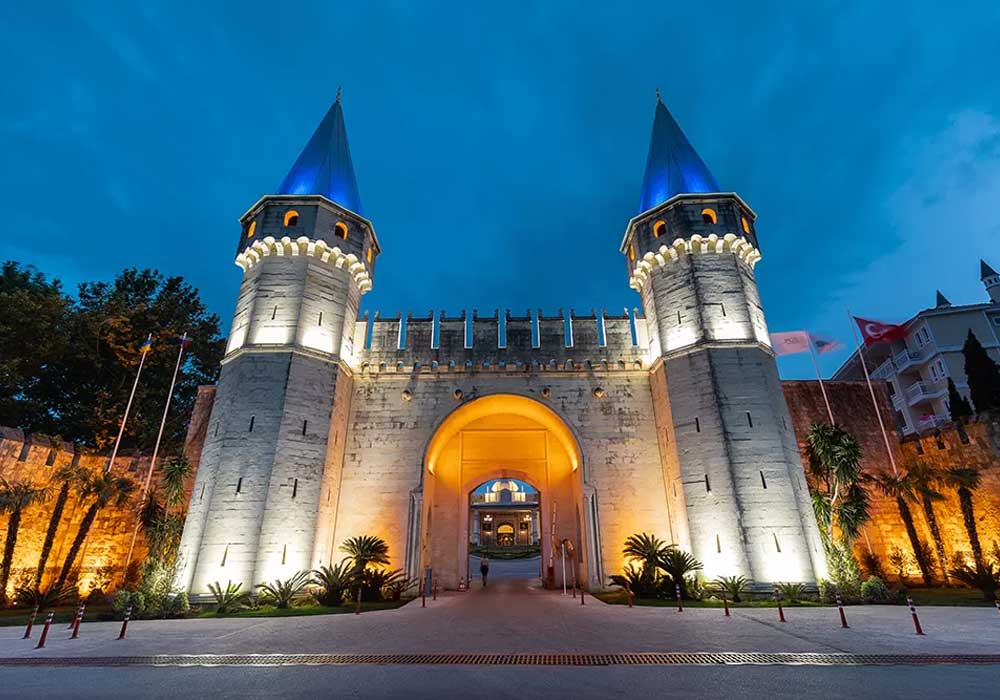Located on the historic peninsula of Istanbul, Topkapı Palace was the center of the Ottoman Empire for nearly four hundred years. Built by Mehmed the Conqueror in 1478, this structure is of great importance not only politically but also culturally and artistically. Today, Topkapı Palace Museum is one of Turkey’s most visited historical structures, attracting tourists from around the world.
The Founding and Development of the Palace
Topkapı Palace was built on top of a Byzantine acropolis. Its location overlooks the Sea of Marmara, the Bosphorus, and the Golden Horn. This strategic location reinforced the palace’s political power. Over time, the palace was expanded and became a complex with additional structures. Each sultan added his own unique touches, giving the structure architectural diversity. Today, every corner of the palace tells a different story.
Structural Sections of Topkapı Palace
Topkapı Palace is divided into four main courtyards and dozens of different sections. This structure separates the administrative and private living areas from each other. Each section of the palace was built with a functional logic.
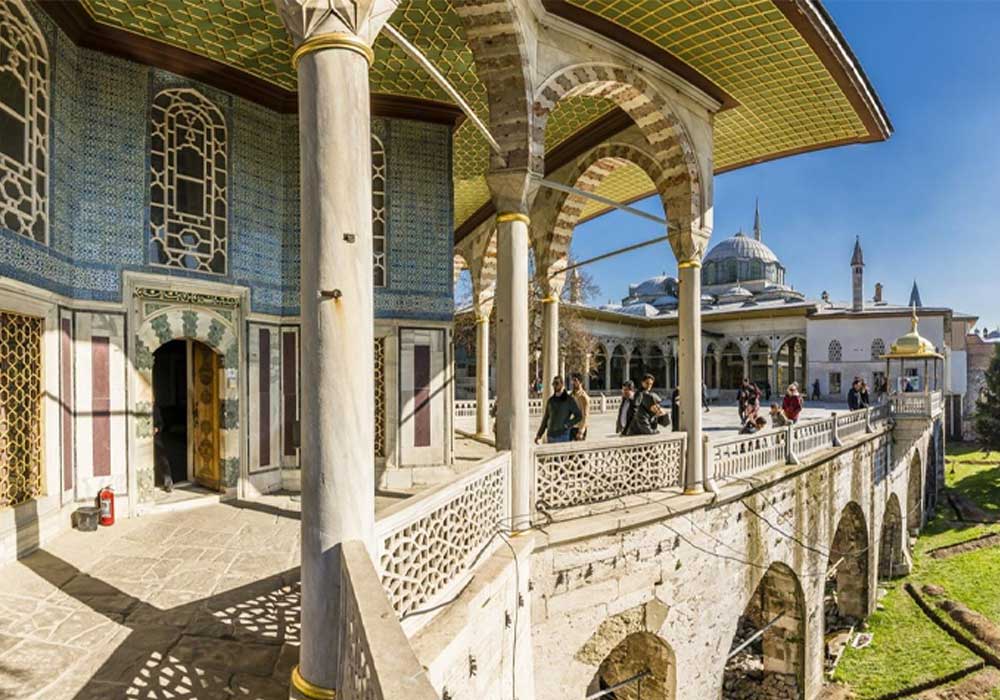
Places to See in the Palace
- Bab-ı Hümayun (Sultan’s Gate): The main entrance gate.
- Divan Square (First Courtyard): Ceremonial area and waiting place for the public.
- Divan-ı Hümayun: State affairs were conducted here.
- Tower of Justice: Symbolizes the power of the state.
- Enderun Courtyard: The palace school and the section where internal services were managed.
- Harem: The private area where the sultan’s family lived.
- Sacred Relics: Sacred items belonging to the Prophet Muhammad are displayed here.
The Rich Collection of the Topkapı Palace Museum
Topkapı Palace Museum is rich in heritage not only in terms of its architecture but also in terms of the works it houses. The works in the palace collection reflect the importance the Ottomans attached to art, craftsmanship, and religion. In particular, the jewels, sacred relics, and personal belongings of the sultans enchant visitors.
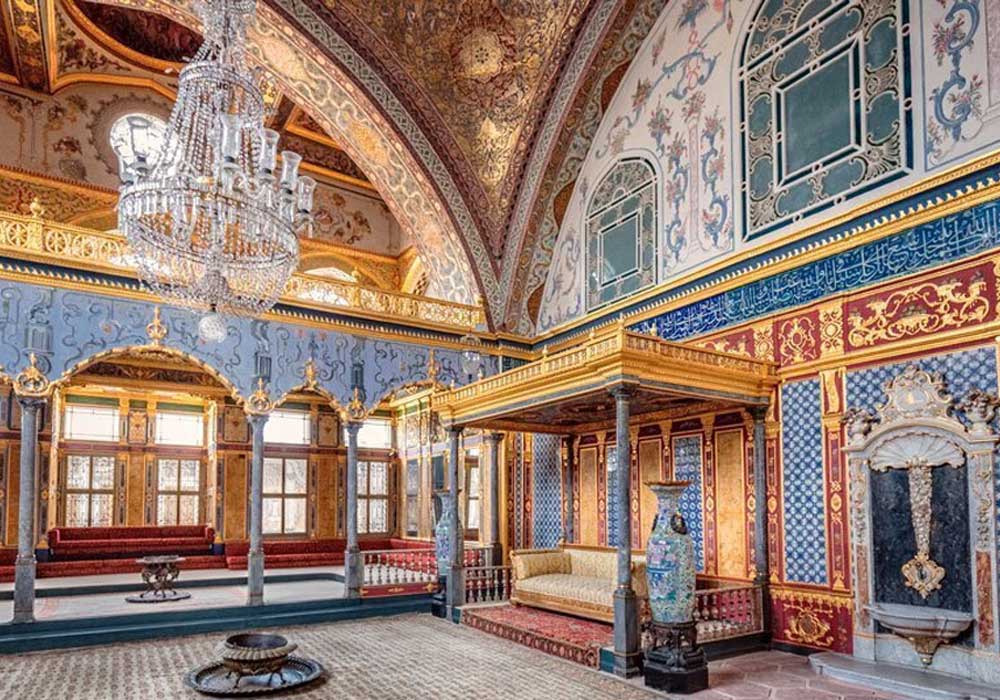
Featured collections:
- Kashkji Diamond
- Topkapı Dagger
- Clothing of Ottoman sultans
- Examples of calligraphy
- Miniature collections
- Chinese porcelain
- Thrones decorated with gold and emeralds
The vast majority of these works can only be seen at the Topkapı Palace Museum in Turkey and are not exhibited anywhere else.
A tourist favorite: Why should you visit?
Most tourists visiting Istanbul make sure to include the Topkapı Palace in their itinerary. The main reasons are as follows:
- It offers the opportunity to experience the historical atmosphere.
- Details of Ottoman life can be observed firsthand.
- The harem section is particularly noteworthy for its mysterious and impressive architecture.
- Walking through the palace with a view of the Bosphorus is a unique experience.
- Guided tours and digital applications help visitors better understand the historical details.
- At the end of the visit, visitors can shop for authentic souvenirs.
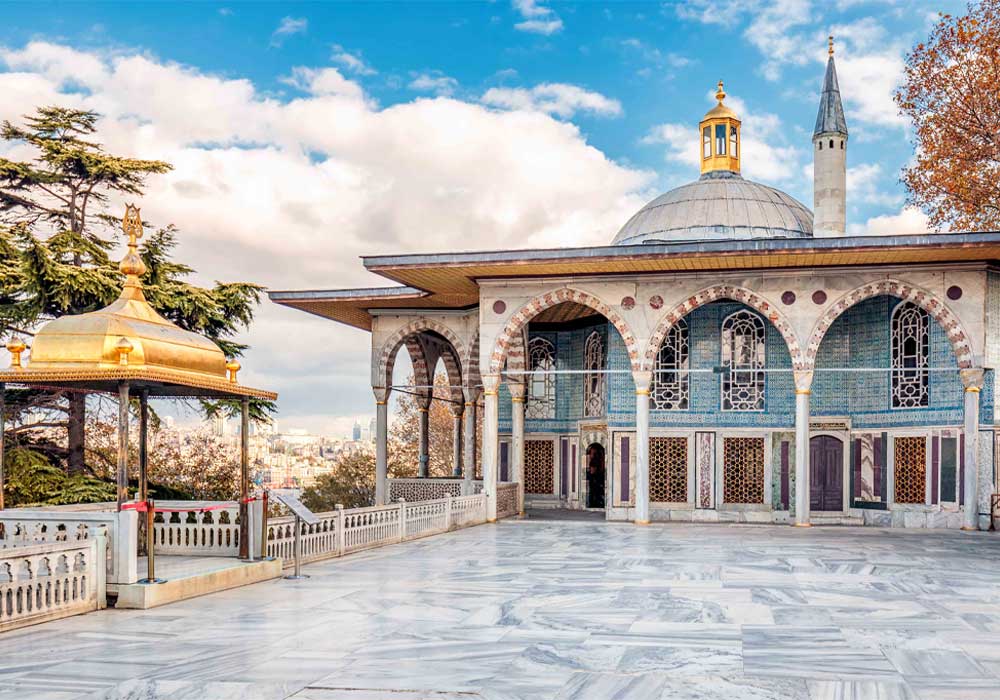
Visitor Information and Tips:
- Visiting Hours: Summer 09:00–18:00, winter 09:00–16:45
- Closed Days: Monday
- Ticket Types: Separate tickets are required for general admission and the Harem section.
- Guide Options: Audio tours and live guided tours are available.
- Crowd Warning: It is recommended to arrive early in the morning.
Topkapı Palace’s Contribution to the Future
Topkapı Palace not only tells the story of the past, but also instills a sense of history in future generations. As an important resource for educational institutions and researchers, the museum also contributes greatly to the cultural promotion of Turkey. In this sense, Topkapı Palace Museum is like an ambassador of Turkish culture.
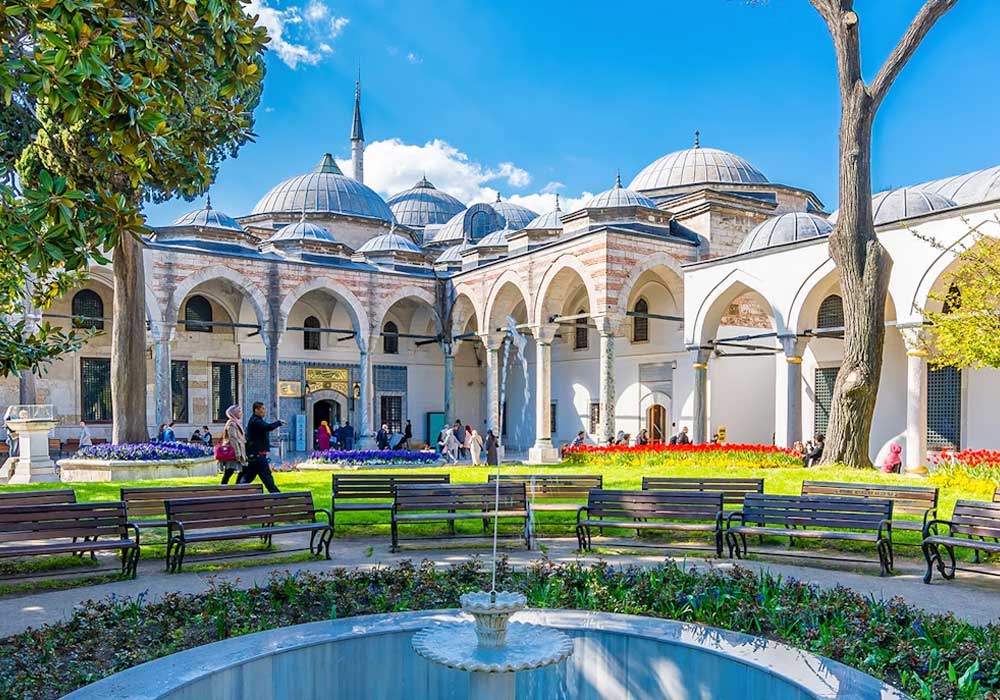
A legendary heritage worth visiting
Topkapı Palace offers visitors an unforgettable experience with its architecture, history, and artifacts. This palace is a unique stop for anyone who wants to directly experience the splendor of the Ottoman Empire and embark on a journey through history. Topkapı Palace Museum is an unparalleled opportunity for those who want to understand and feel Turkey’s past.

